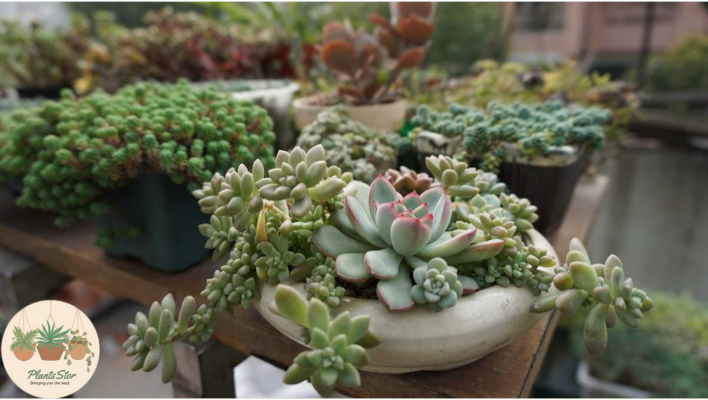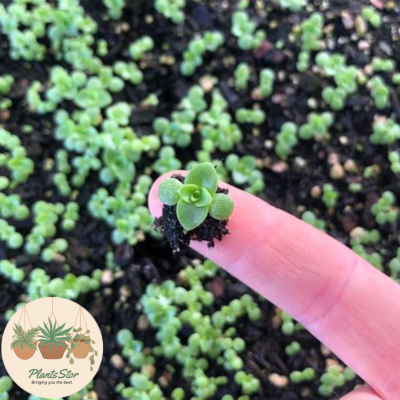Introduction to succulent pollination
Succulents are known for their fascinating variety of shapes, colors, and sizes, and many succulent enthusiasts are eager to expand their collections by propagating these unique plants from seeds. However, before you can embark on your seed-saving journey, it’s crucial to understand the intricate process of succulent pollination and seed saving. In this article, we’ll delve into the world of succulent reproduction, discussing the various pollination methods and the steps involved in successful seed saving.
Section 1: Understanding Succulent Pollination
Succulents can reproduce through various methods, including offsets, stem cuttings, and seeds. Seed propagation is a more advanced technique but offers the excitement of growing succulents from scratch.
Subsection 1.1: The Role of Pollination
Before you can save succulent seeds, you must first understand pollination—the process by which plants produce seeds. In succulents, pollination can occur through several mechanisms, including self-pollination and cross-pollination.
Self-pollination:In self-pollination, a succulent plant fertilizes itself with its own pollen. This is common in some species, where the reproductive organs are close enough to make this process possible.
Cross-pollination: Cross-pollination involves transferring pollen from one succulent plant to the stigma of another plant. This can result in hybridization and the creation of new, unique succulent varieties.
Section 2: Succulent Pollinators and Succulent Flowers
Subsection 2.1: Attracting Pollinators
Many succulents rely on pollinators like bees, butterflies, and hummingbirds to carry out cross-pollination. To attract these pollinators, succulent flowers have evolved to be colorful and often fragrant. Understanding the specific pollinators for your succulent species can be essential for successful seed saving.
Subsection 2.2: Succulent Flower Anatomy
To facilitate pollination, it’s crucial to understand the anatomy of succulent flowers. Succulents produce flowers with unique structures, including specialized reproductive organs like the stigma, style, and anthers, which play key roles in the pollination process.

Section 3: The Seed Saving Process
Subsection 3.1: Selecting the Right Succulent Species
Not all succulents produce seeds readily, and some are more challenging to propagate from seeds than others. When starting your seed-saving journey, choose succulent species that are known for their prolific seed production and are suitable for your climate.
Subsection 3.2: Pollination Techniques
If you aim to create new hybrid succulents, you’ll need to master pollination techniques. This involves transferring pollen from one plant to another using tools like fine paintbrushes or cotton swabs. Careful observation and timing are crucial to ensure successful cross-pollination.
Subsection 3.3: Collecting and Storing Seeds
Once pollination has occurred, you’ll need to wait for the succulent seed pods to mature. Harvest the seeds when the pods split open, revealing the seeds inside. Proper storage in a cool, dry place is essential to maintain seed viability.

Section 4: Conclusion and Tips
In conclusion, succulent pollination and seed saving can be a rewarding and educational experience for succulent enthusiasts. It allows you to create new succulent varieties and contribute to the preservation of unique species. Here are some tips for success:
1. Research your succulent species thoroughly, including their pollination methods and requirements.
2. Keep records of your pollination attempts to track your successes and learn from any failures.
3. Practice patience as succulent seeds can take time to germinate and grow.
4. Share your knowledge and experiences with the succulent community to foster learning and collaboration.
By mastering the art of succulent pollination and seed saving, you can unlock the potential to grow an array of stunning succulent varieties, contributing to the ever-expanding world of succulent diversity. Happy gardening!
